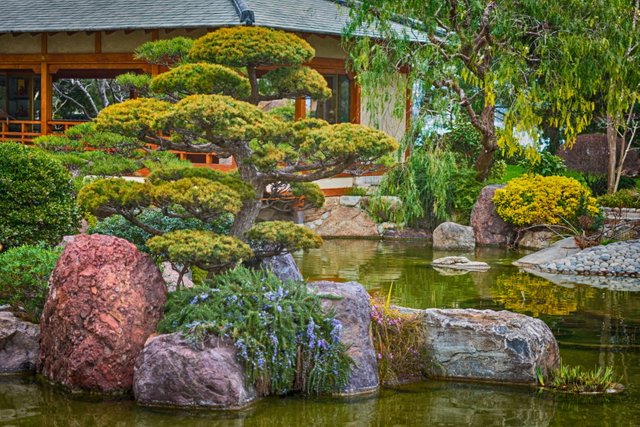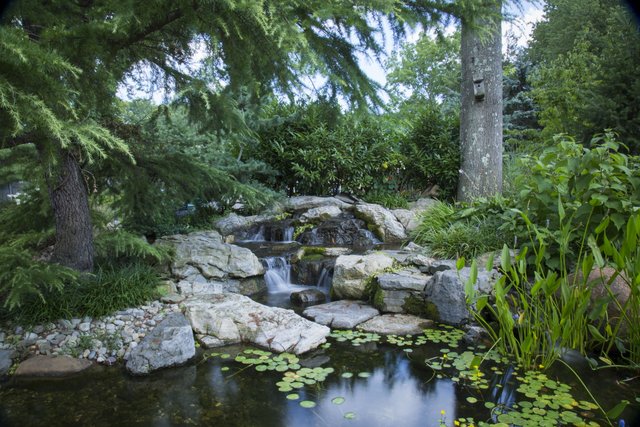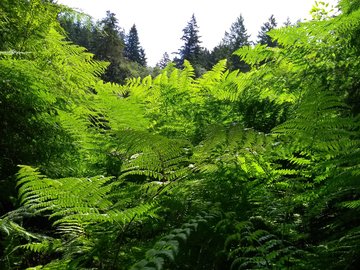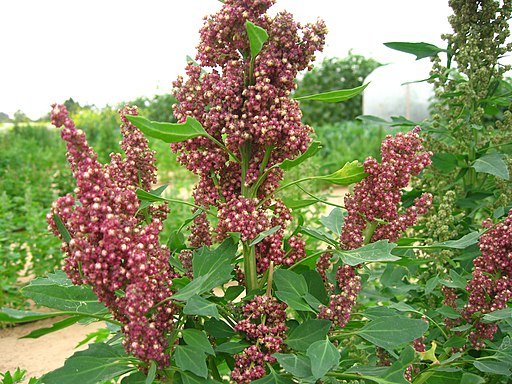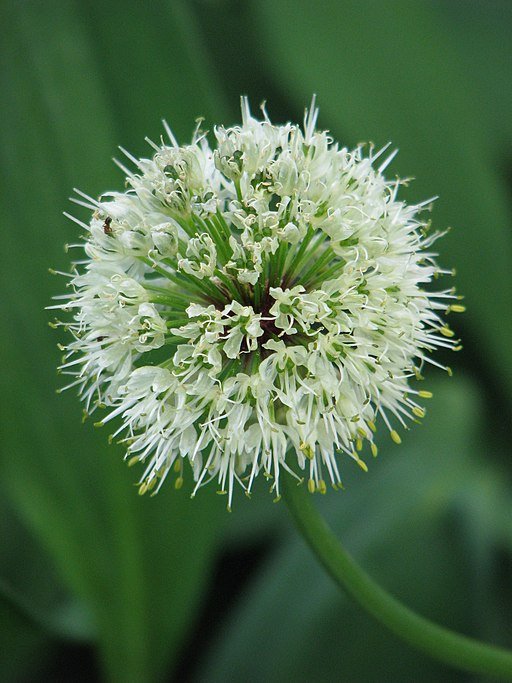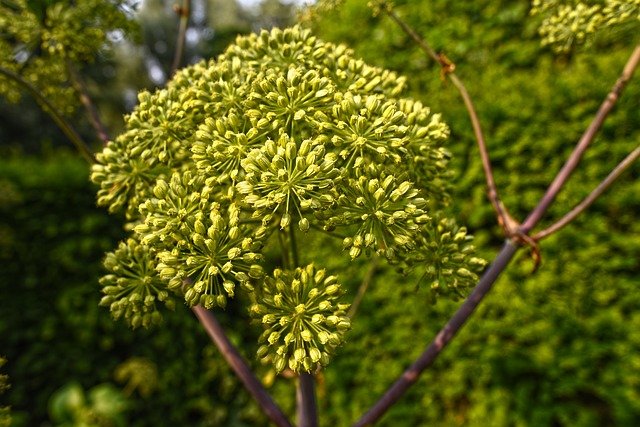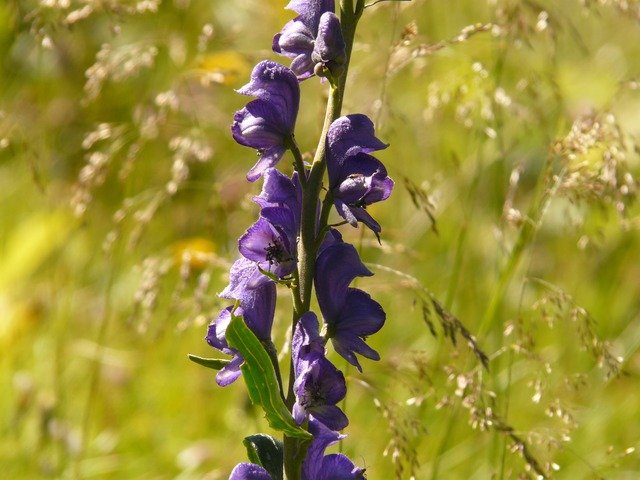Permaculture - rock garden (lesson 23)
Stones in a natural garden
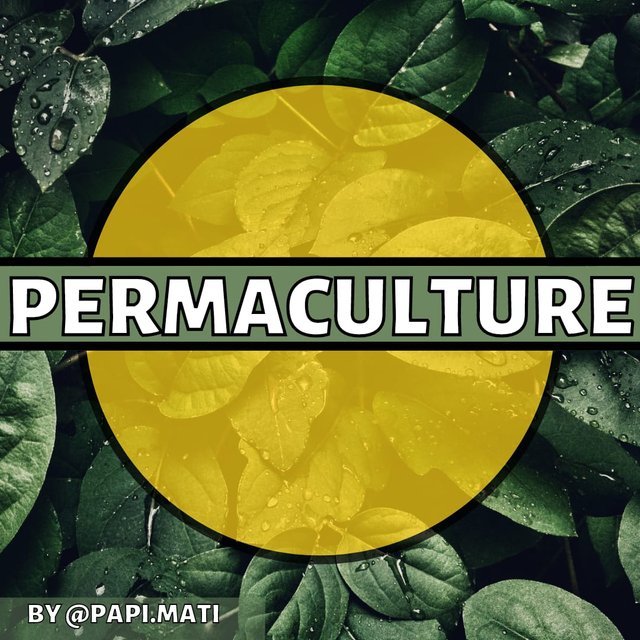
Stone gardens, stone mounds with their vegetation have many ecological advantages. First of all, they increase the region's biodiversity, both fauna, and flora. It is a value in itself, but in addition, it may be useful. For example, the cavities between the stones are the habitat of weasels. Weasels are voles' biggest enemy, so we won't have any problems with this pest in the garden. Habitats and egg-laying sites of beneficial bumblebee species are also created there. Rocky places are also an ideal environment for lizards, which will reduce the number of mosquitoes in the area. The stones serve as hiding places for toads and runners to exterminate harmful insects. Various animals look for a place to winter in the stone piles.
Stony surfaces diversify the garden - it is a natural decoration for the whole year. They stabilize the biological balance. When setting up a garden, remember that you only take stones that match the surroundings and that there should be as many empty spaces between them as possible.
Garden stones create a rain-permeable layer. They slow down the evaporation of water from the soil and prevent the formation of puddles even after the largest rainstorms. They also reduce the number of weeds, so it is good to sprinkle small pebbles on delicate plants.
What rocks should I use?
Sedimentary rocks
That is, among others sandstones, dolomites, limestones.
Over time, they will erode, become covered with moss or patina. It's not necessarily a bad transformation. If you want your garden to look more natural and "wild" - this is the best choice. Remember that limestone rocks can make the soil more alkaline - take this into account when designing your garden.
Sandstones ensure the neutral condition of the surrounding soil. They do not affect its alkalinity.Transformed rocks
that is, among others slate, gneiss, marble.
More durable than sedimentary ones. Rather, they will remain unchanged for years. A frequently used raw material is greywacke shale or the slightly less durable sericite shale.
Sericite slate is good for plants that like the acidity of the soil.Volcanic basalts and crystalline granites
There is no visible influence of external conditions. If we use granite, amphibolite, or basalt, plants that like acid soil will grow well.Serpentine
They look nice but are not tolerated by most plants.Travertine and limestone tuff
Difficult to get but perfect in the garden where you want mountain plants. They positively affect the surrounding plants. Limestone tuff is light, very porous, easily absorbs water, becoming its reservoir for plants, and at the same time releases large amounts of calcium ions, which are very beneficial for the growth and development of most mountain plants. The porous structure of this rock enables good development of plant root systems
Where to use rocks?
Rocks can be used to enclose raised flowerbeds, to emphasize garden zone boundaries, flowerbed boundaries, to build walls, and, above all, to create rockeries.
The position for the rockery should be sunny because most rock plants like the sun. Use a slope with south or southwest exposure.
To prepare the rockery, pour 15 centimeters of sand on the bottom, then pour drainage from construction waste (bricks, natural pots, rubble, and gravel) and stones. The next step will be to sprinkle the whole with a layer of slightly limestone soil and arrange larger decorative stones, which should be partially dug into the ground so that they do not slide off over time.
The stones should be of different sizes. Put them in stacks. Don't make steep slopes, but horizontal shelves. Build the bottom layer from the largest stones. Dig them in 1/3 of the depth so that they are a solid foundation for the entire structure. When you put the rockery walls on, fill the interior with the ground. Next, add another floor of stones and a few larger pieces on top. Water the substrate abundantly so that the soil settles. Thanks to this, you can check where the water washes the soil through the cracks in the stones. Seal them with smaller stones or add soil. After about two weeks, when the ground settles down, plant the plants, and then pour coarse-grained gravel and crushed stone onto the ground - it will prevent excessive water evaporation and give the whole its final mountain character.
Selected practical plants that you can plant in the rockery
Of course, you can decide that your rockery should only perform decorative functions and then the Internet will certainly tell you what beautiful plants you can plant on it. I would like to take into account the practical dimension of the rockery (because in permaculture everything is somehow practical) and give you some tips about edible or medicinal plants that grow well on rocks. I think such information will be more valuable as it is difficult to find similar info on the Internet.
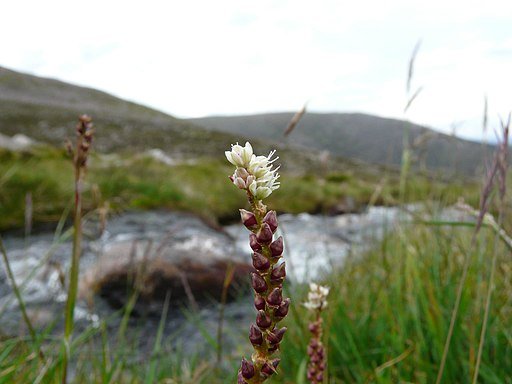 source - Alpine Bistort
source - Alpine Bistort Can be used to make homemade cosmetics or soaps. Accelerates the disappearance of acne breakouts. It stops seborrhea, improves skin elasticity. It has an anti-inflammatory effect. Healing - speeds up the healing of wounds
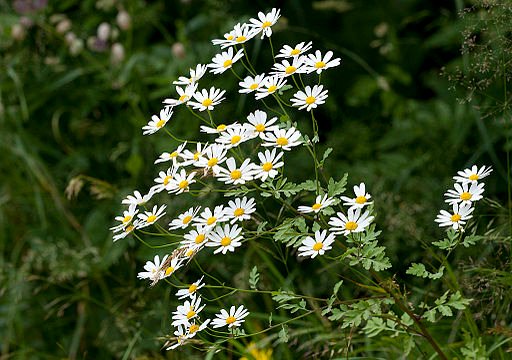 source - Feverfew
source - Feverfew Herb used in natural medicine. It has analgesic properties (it is enough to eat a few fresh leaves). You can also add it to fatty foods. Its leaf reduces the greasy taste of food and at the same time increases the smell, which stimulates the appetite. The infusion and decoction of the leaves disinfect and repel insects. The dried leaves are used to fight moths. You can rinse your mouth with an infusion of Feverfew, gaining fresh breath.
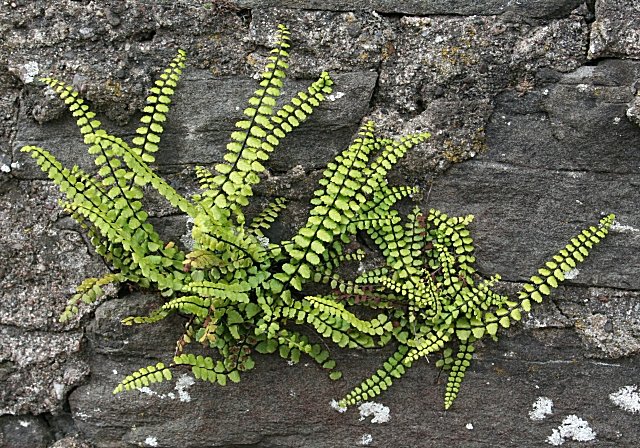 source - Maidenhair Spleenwort
source - Maidenhair Spleenwort The dried fronds have been used as a tea substitute. A tea made from the fronds is sweet, demulcent, expectorant, and laxative. It has been used in the treatment of chest complaints and to promote menstruation
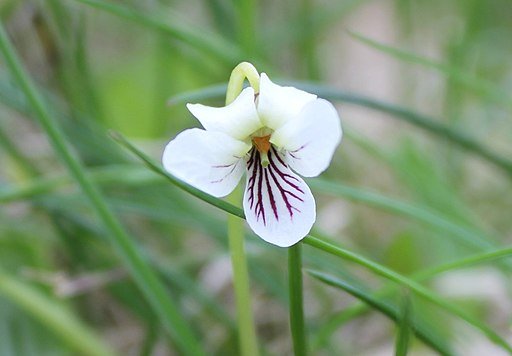 source - White Violet
source - White Violet Edible flowers. You can use them to decorate the plate, make jams, syrups or add them to sandwiches.
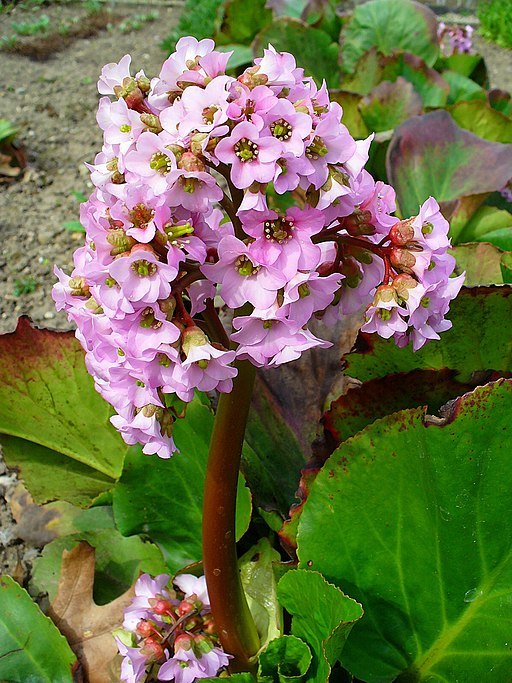 source - Bergenia Cordifolia
source - Bergenia Cordifolia calms, relaxes, heals stomach ulcers, inflammation in the urinary and sexual systems, inhibits the growth of bacteria and fungi. It has an astringent effect - helpful in digestive problems or excessive bleeding.
All my lessons are shared totally for free with a CC-0 license (which means you can copy my text and share it wherever you want to, without the need to mark me as an author). I hope it will bring you joy.
Previous lessons can be read here:
Fertilizers
2 - types of manure and when to use it
3 - Compost. Basics
4 - advanced composting
Soil and minerals
10 - Boron, Molybdenum, Copper, Magnesium
11 - Zinc, Calcium, Iron and other elements
12 -soil components: sand and clay
14 -soil components: calcium, microorganisms, minerals
15 -soil components: water and air
Space
17 - Sectors in Permaculture
18 - Zones & sectors, practical use
19 - Perfect size of your garden
Thank you for reading,
@papi.mati
